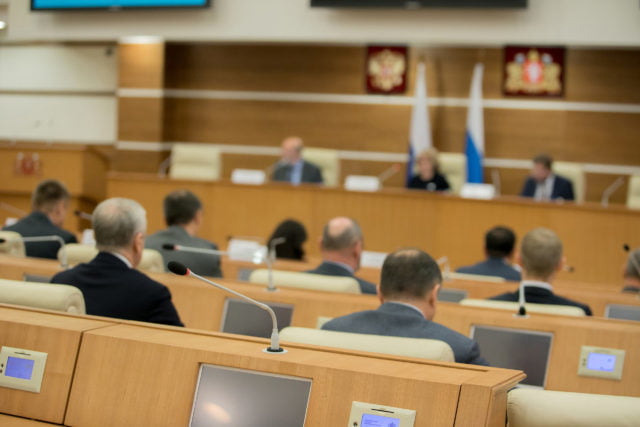
Documentary Suggests Path Forward for Public Plans
Alicia H. Munnell is a columnist for MarketWatch and senior advisor of the Center for Retirement Research at Boston College.
Canadian film stresses the need for pension plans to evolve by sharing risk
The Ontario Teachers Pension Plan just released a new documentary on the sustainability of pension plans titled “Pension Plan (ev e looSHen).” It presents interviews with practitioners and experts from Canada, the United States, and The Netherlands. The tone and conclusions of the film really resonated with me.
The theme of the documentary is that the world changes and public pension plans, like other institutions, need to adapt and evolve – hence, the subtitle “ev e looSHen.” Public plans around the world cannot sustain today’s level of benefits in the face of increased life expectancy, two financial crises in a decade, and low expected investment returns. Expensive provisions – early retirement benefits, spousal protection, and cost-of-living adjustments (COLAs) – were introduced when retirees were few and the ranks of active teachers had swelled to service the Baby Boom. But Ontario Teachers, like other plans, have matured, and the ratio of retirees to workers has grown dramatically. These provisions now cost a lot. The plans are not fully funded, and the question is what to do.
Perhaps everyone should have known that the benefit enhancements would be too expensive in the long run, but one appealing aspect of this documentary is that it spends no time on placing blame. That approach seems right given that these decisions were made decades ago, and blame is not helpful in finding solutions.
The answer from everyone interviewed is that contracts need to be renegotiated, that everyone involved needs to share the pain, and that new pension plans need some flexibility built into the structure. The consensus is that it is not reasonable to place the entire burden on new employees or on the future benefits of today’s workers, but that retirees as well have to participate. Current and future taxpayers can also be part of the solution.
The notion that retirees have to be part of the solution may be accepted fare in The Netherlands, where risk sharing has been institutionalized, but it certainly has not been part of the culture in the United States. The official status of public pensions in the U.S. is that not only are accrued benefits protected, but also the future benefits of current workers. But the actuality in the wake of the financial crisis was very different. Current employees saw their future pensions cut through the back door of increased contributions, and retirees saw cuts in their current benefits through the suspension or elimination of COLAs. Thus, current workers and retirees already share the pain, albeit in a haphazard fashion.
One Canadian administrator makes the point in the documentary that no entity can guarantee pensions if the money is not there to pay them. In public plans in both the U.S. and Canada, the money is not there to pay the current level of promises in the future. The message is that we need to recognize and accept this fact and set up a new system with sustainable benefits. Sustainability has two dimensions. The benefits must be affordable, in the sense that people cannot receive benefits for longer than they work. And the pension system must have some flexibility so that orderly reductions can be made in bad times and increases provided when times are good. The Dutch pension plans have this risk-sharing feature, and the Canadians are starting down the Dutch path beginning with pension reform in New Brunswick.
Such reform is much more feasible in Canada and The Netherlands than in the U.S., however. In those countries, representatives of unions, retirees, and plan sponsors can sit down at a table and work towards a solution. Such a procedure is a rarity in this country. The process in Rhode Island set a nice example, but the outcome is still in the courts.
We need to change how we operate in the public pension arena. We need to reform pensions in an orderly and fair way. Plan sponsors have made changes in the wake of the financial crisis, but in many cases these changes involve draconian cuts only for new employees. Draconian cuts have a way of being reversed once the crisis has passed. Orderly, negotiated, fair cuts are more likely to hold. Everyone involved in the process should view “Pension Plan (ev e looSHen)” on the website of the Ontario Teacher’s Pension Plan. In fact, all citizens should view it because it has implications for Social Security as well as public plans.







